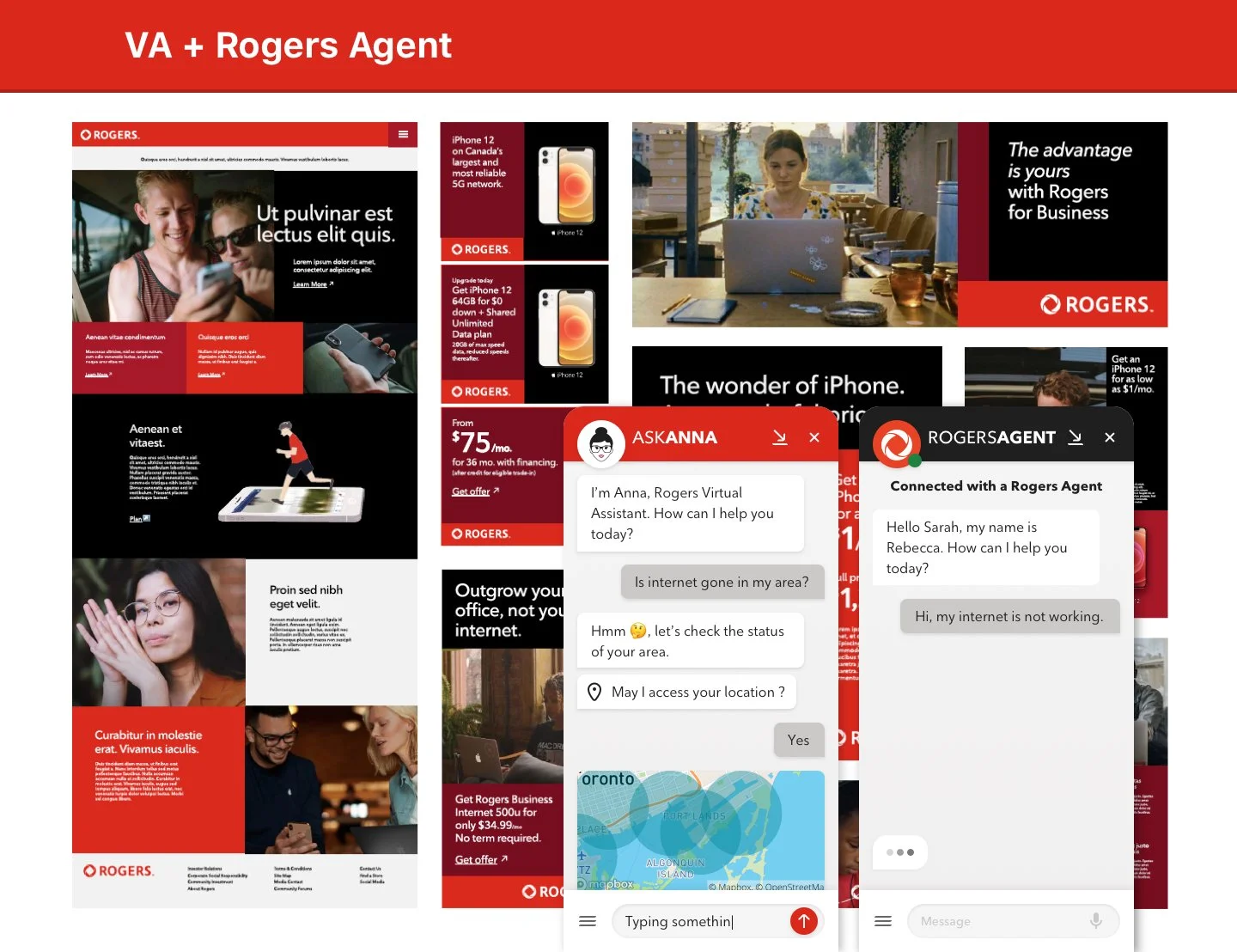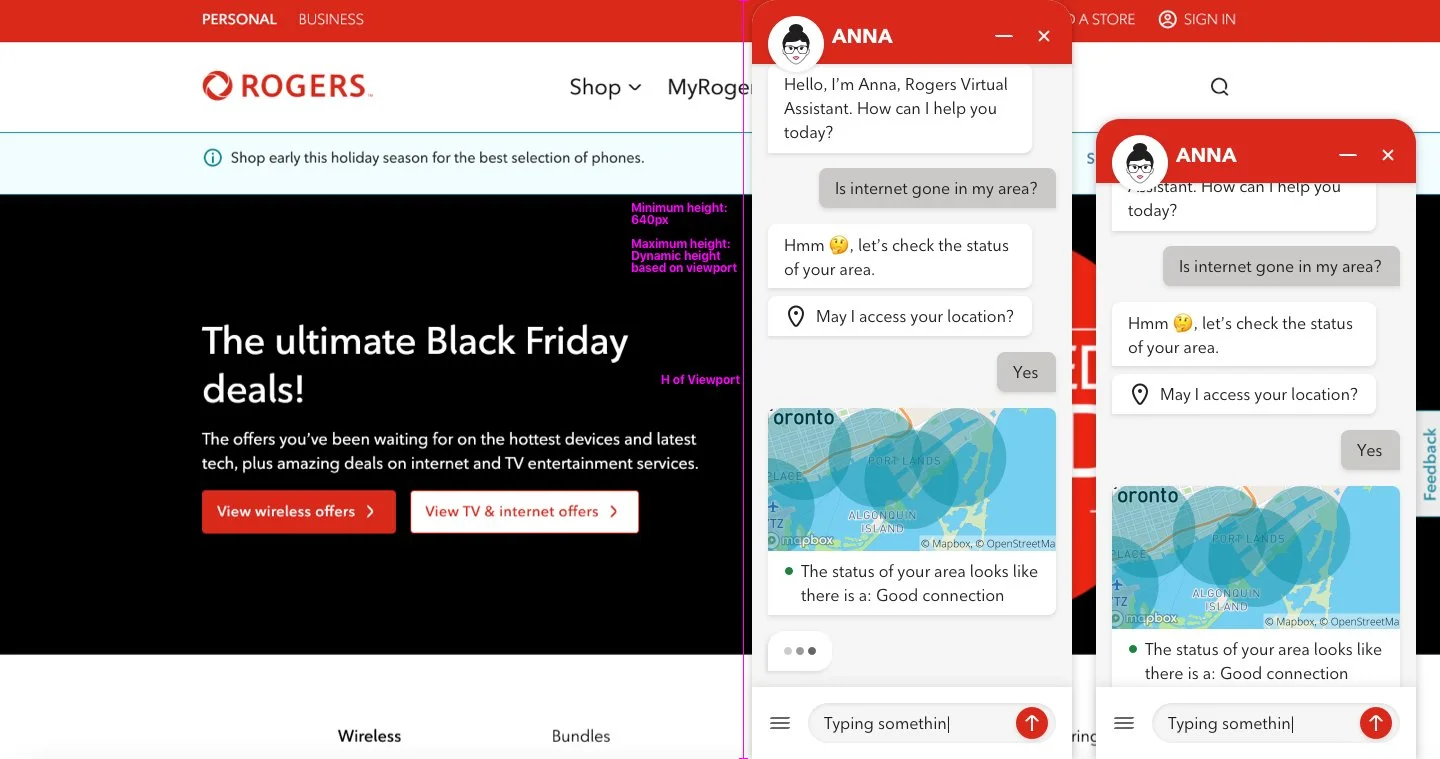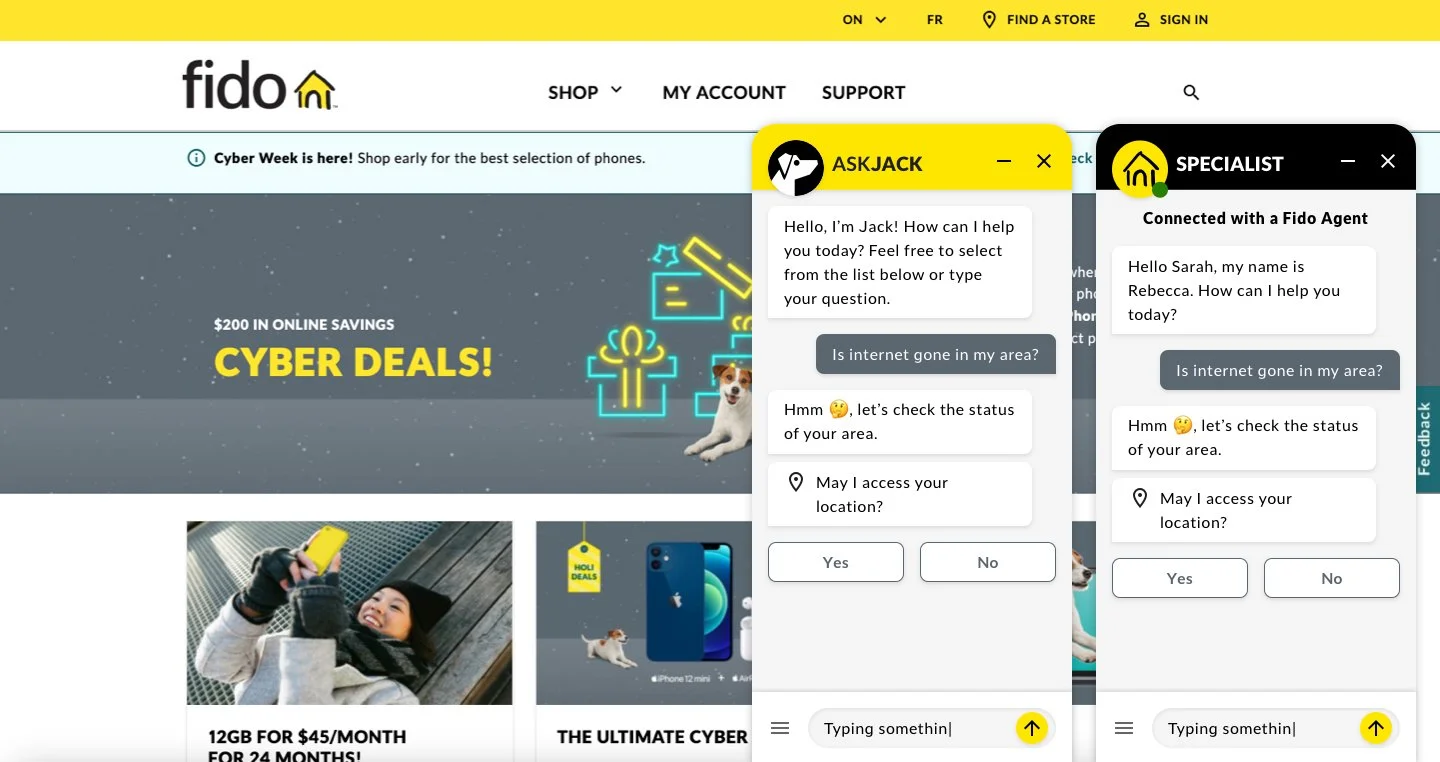Rogers & Fido Virtual Assistant
Product Design | Rogers (Virtual assistant) | 2020 - 2022
Conversational personalized service, accessible 24/7, less sales pressure, skip the line.
I was the Lead Product Designer on the team that redesigned the Rogers and Fido Virtual Assistants. Over several months, we planned a redesign based on user research and data then slowly implemented updates.
Pain points:
The VA’s scrolling speed was too fast for for some participants.
Options and responses were sometimes obstructed.
Participants’ visual focus was often drawn to the last item (options) in the chat window.
The [Start Over] call to action was not obvious to most participants.
Participants wanted to see an indication of their progression within the VA chat.
The user would like the ability to speak to the rep right away.
Some participants thought Anna was a LiveChat agent.
Outdated UI and some accessibility issues.
Objectives:
Focus on conversational design (NLU - natural language understanding, two-way interaction between a user and system) for the redesign of VA.
Leverage VA as personal ‘butler’ / rep for customers to go to whenever they need (across all channels) - ‘Always there and ready’.
Give users personalized, 24/7, instantaneous responses
Great for routine transactions, reduce Opex
Generate leads: Chatbot is good at selling and up-selling without stressing the customer to drive revenue (assist in online transaction real-time)
Bot to human follow up to convert Quote-to-sale and grow CX lifetime
Proactively communicate product recommendations or promotions that meet customer profile: inquiry history, products, cx segment, sentiment (even!), etc.
Aid in on-boarding process
Chatbot is good at reorganizing and simplifying information
Multi-channel bot experience (native, Facebook, Whatsapp, Apple business chat, etc.)
Integrate with Virtual Assistant products (Siri, Google, Alexa, etc) through voice interface
Look at data and feedback to improve UX & UI (fix accessibility issues)
Virtual Assistant + LiveChat: Anna Today
Research Findings
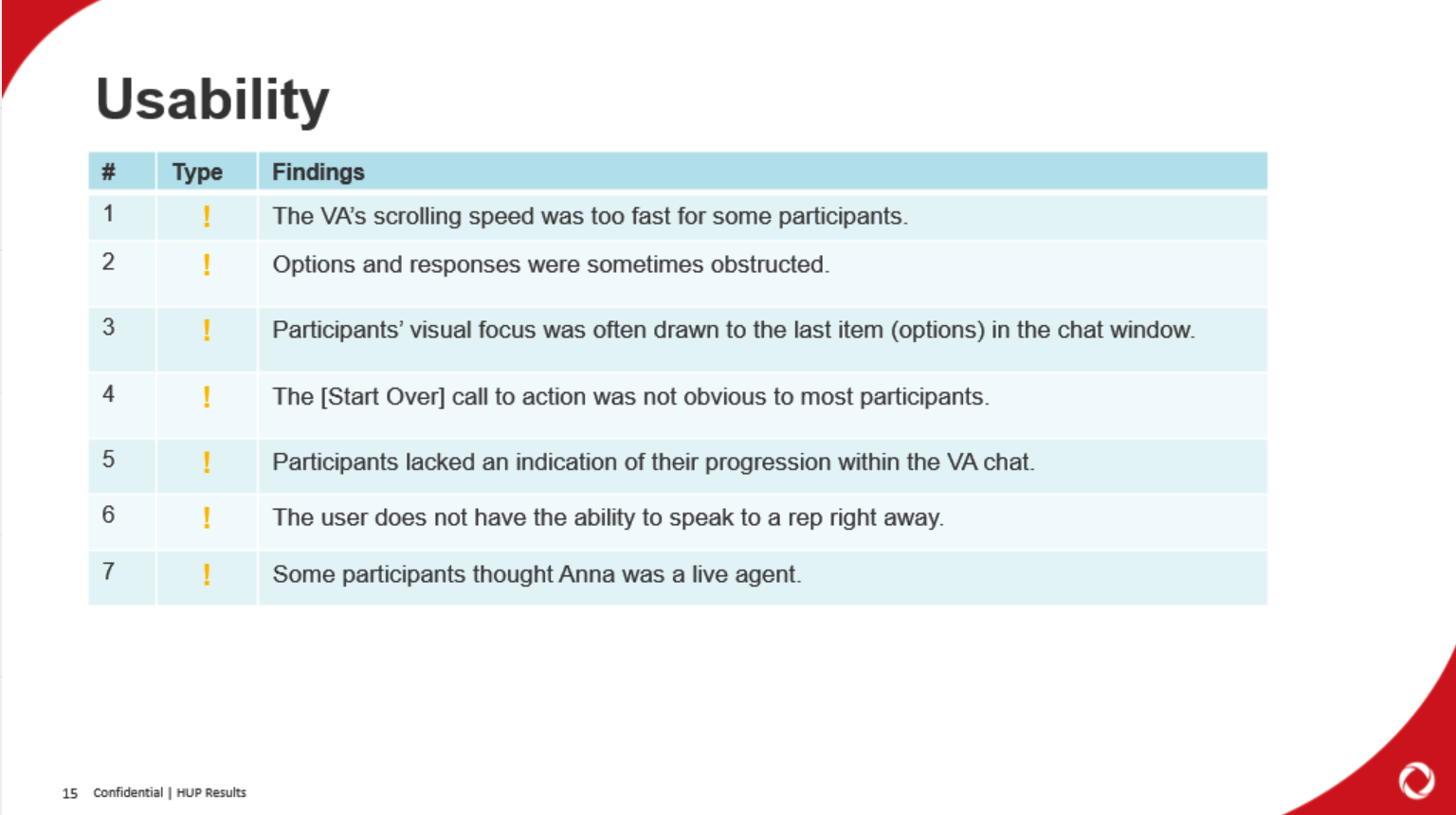
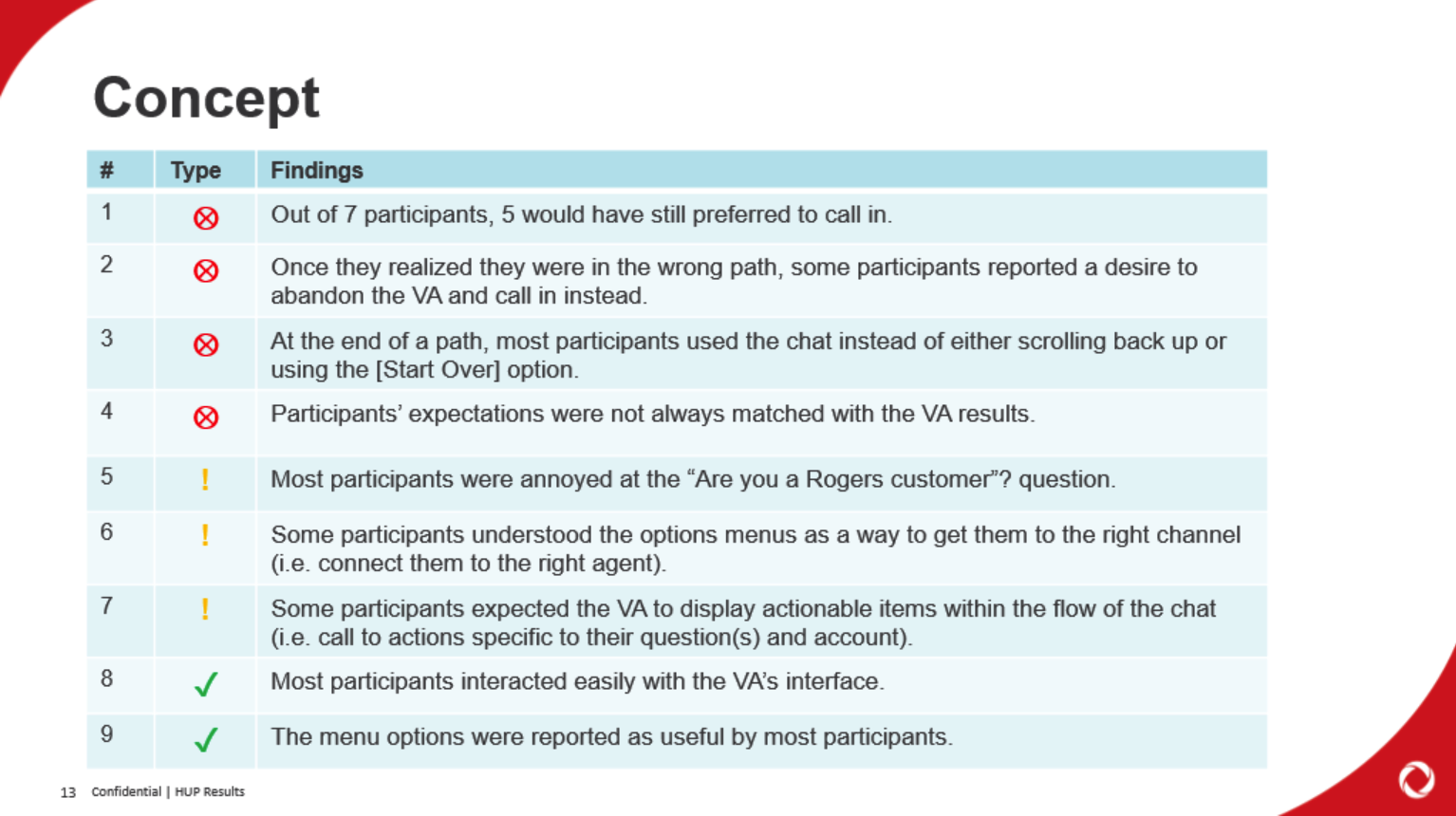
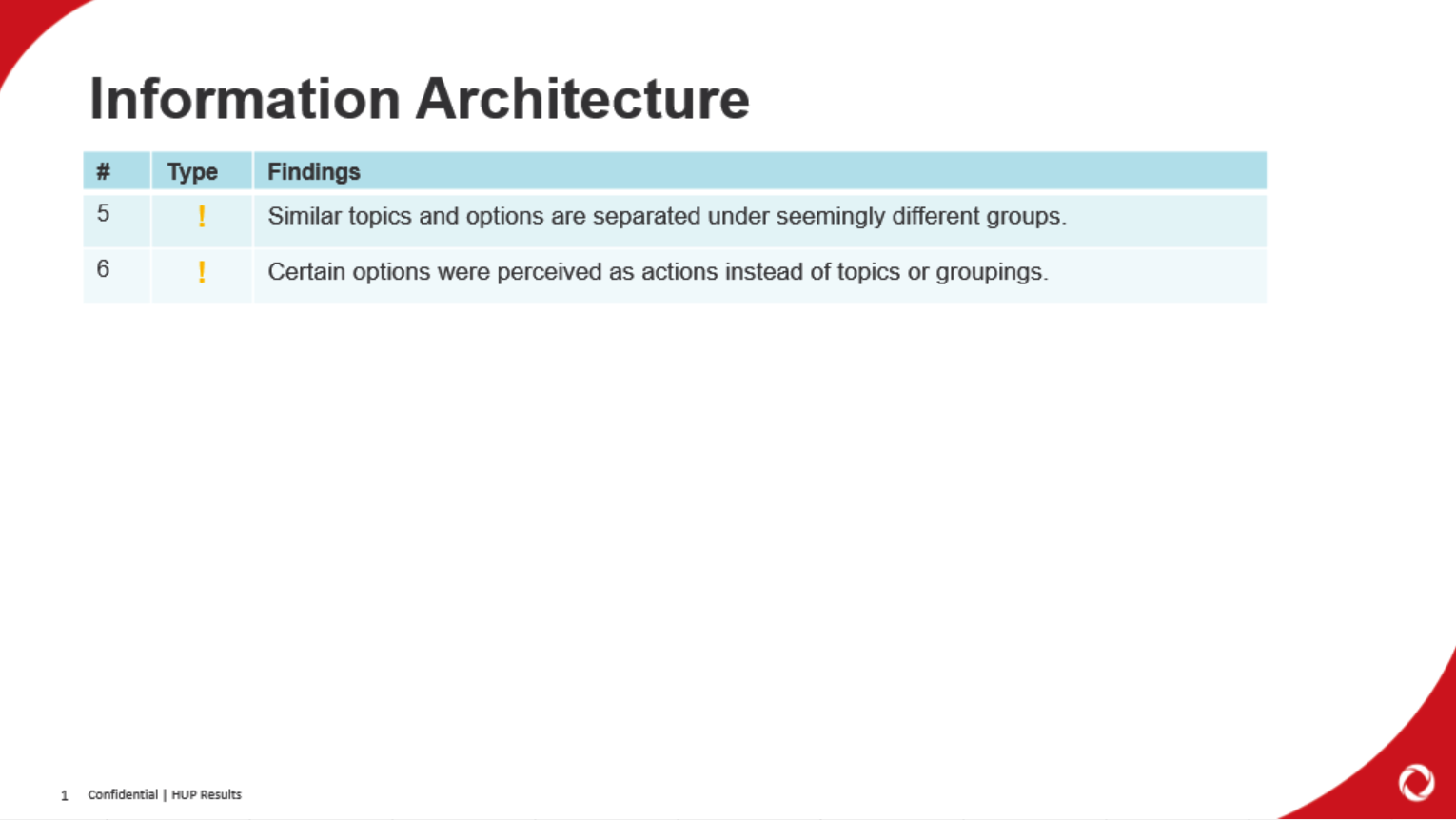
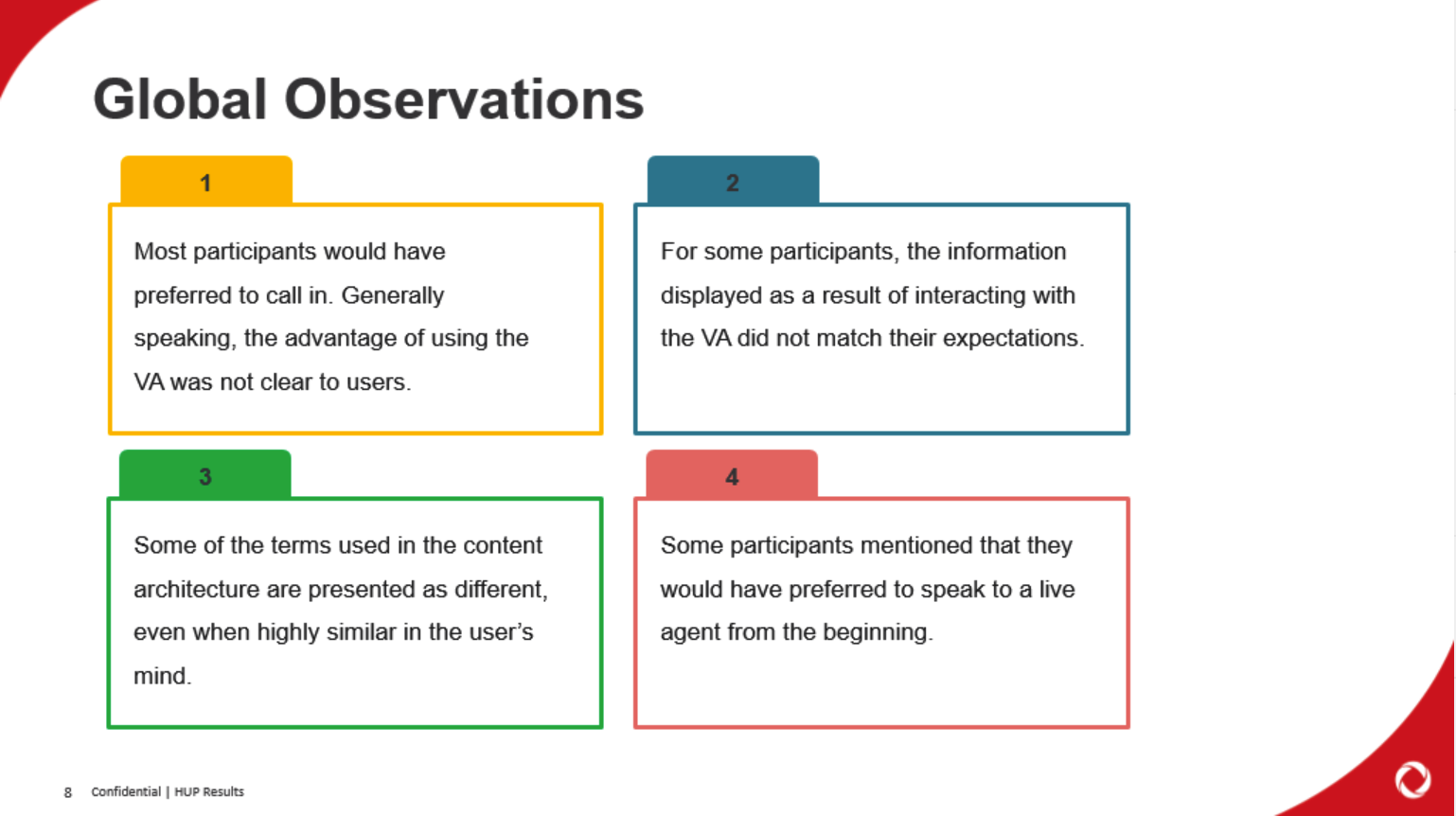
LBGUPS Design Methodology & Competitive Insights
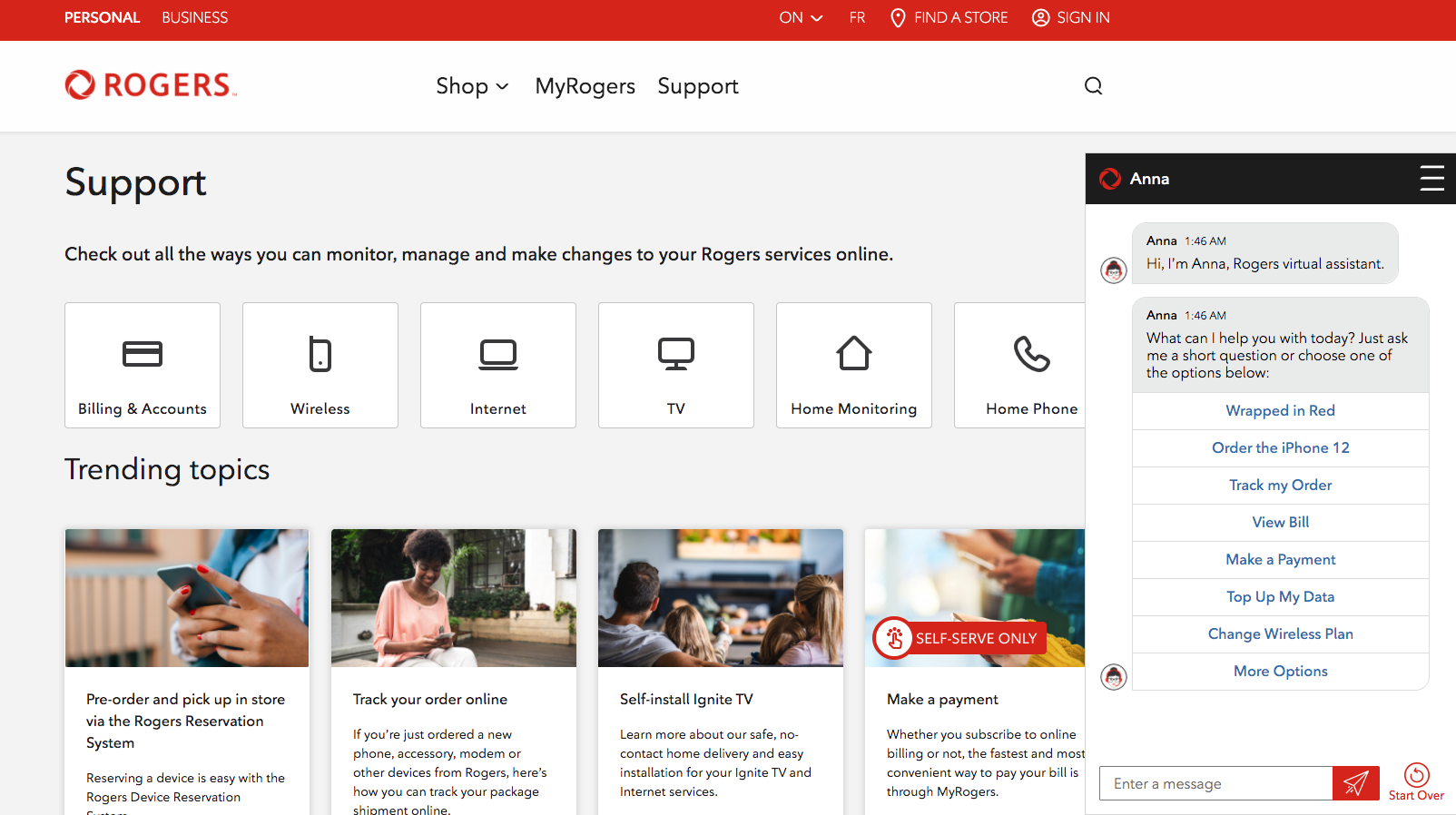
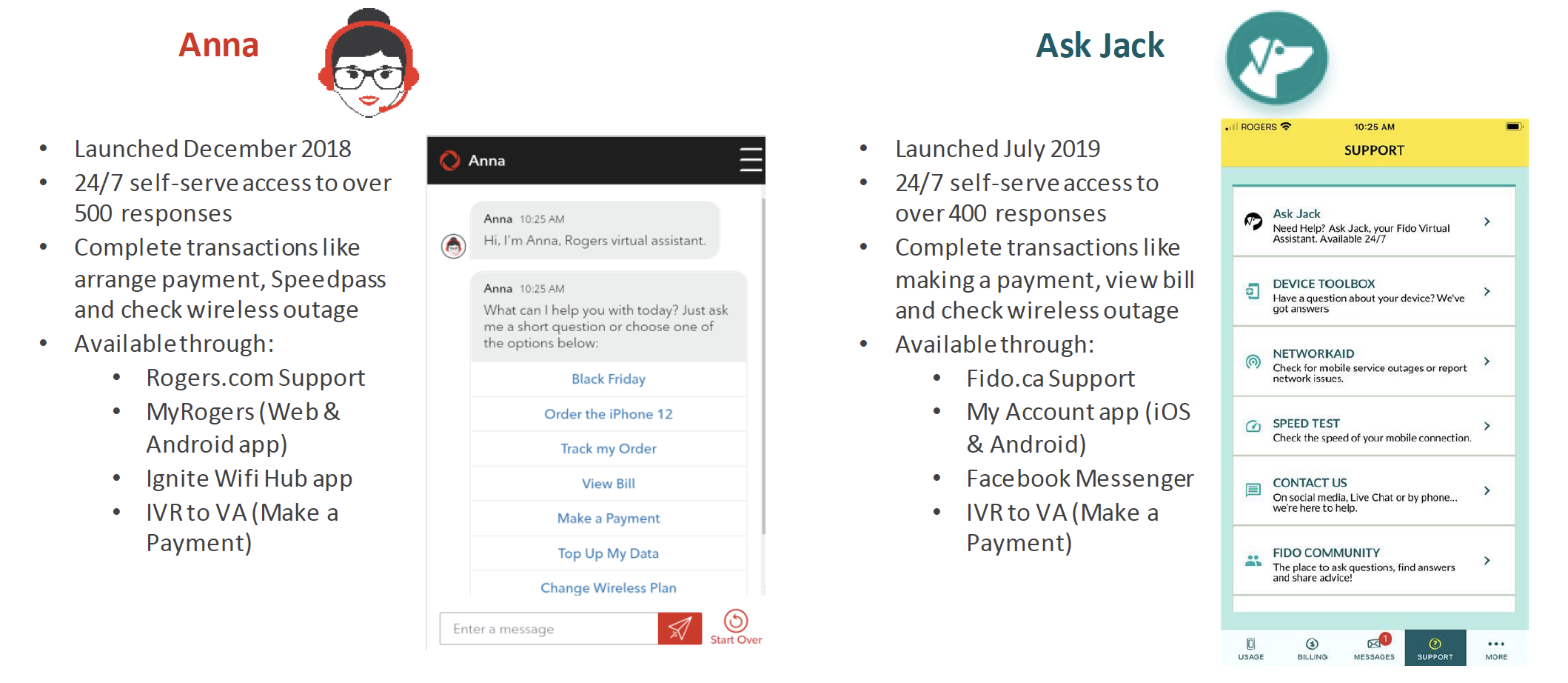
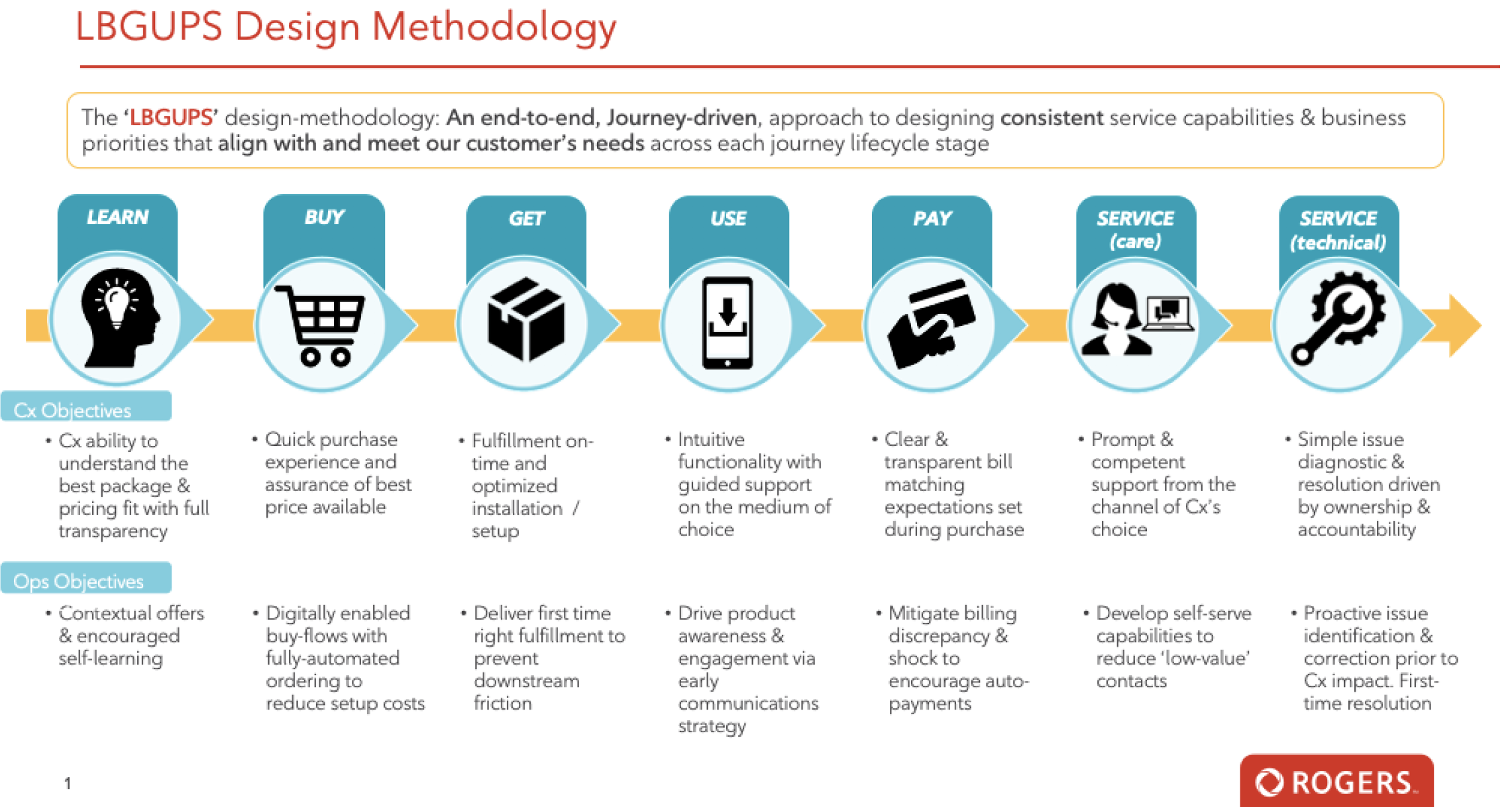
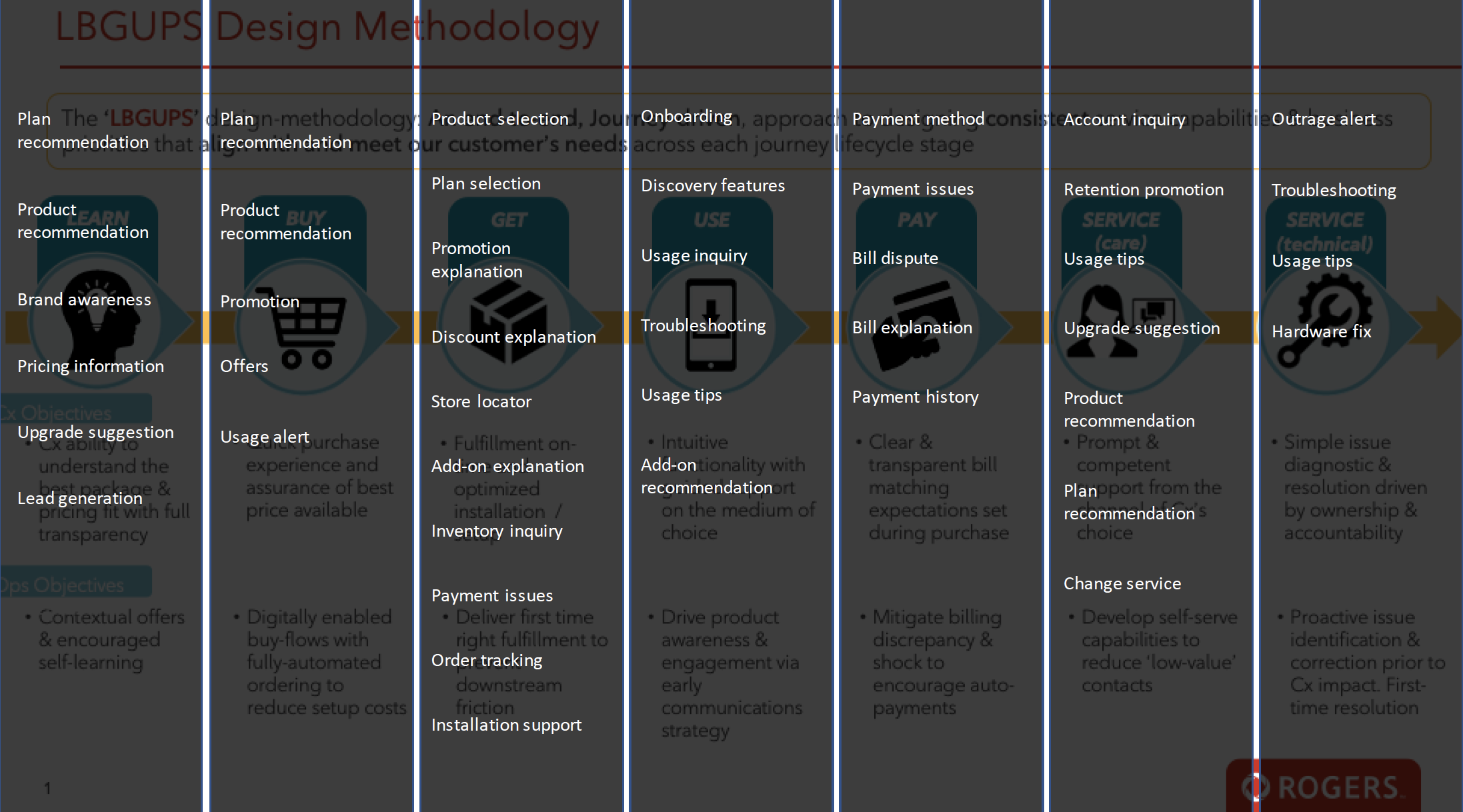
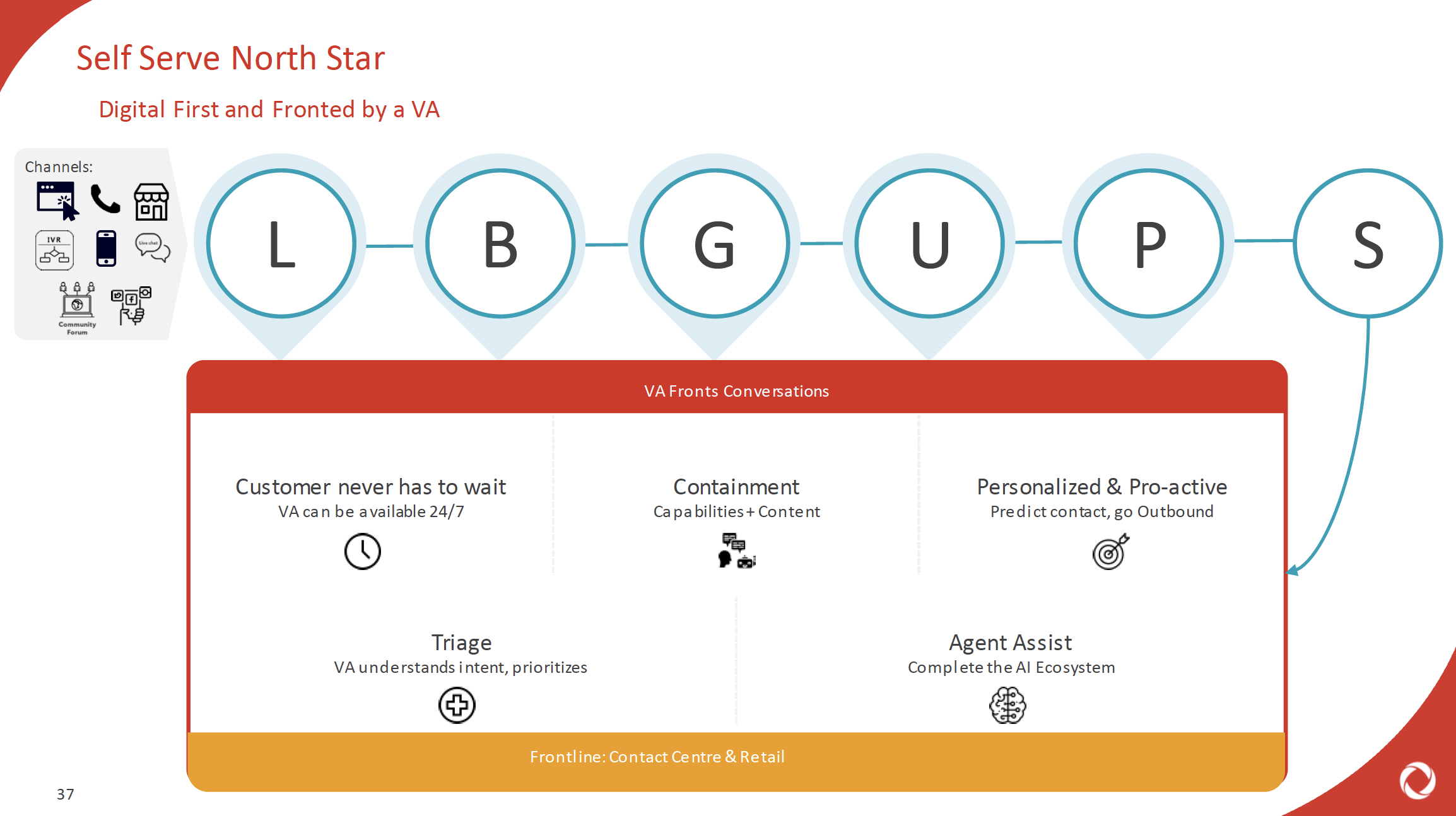
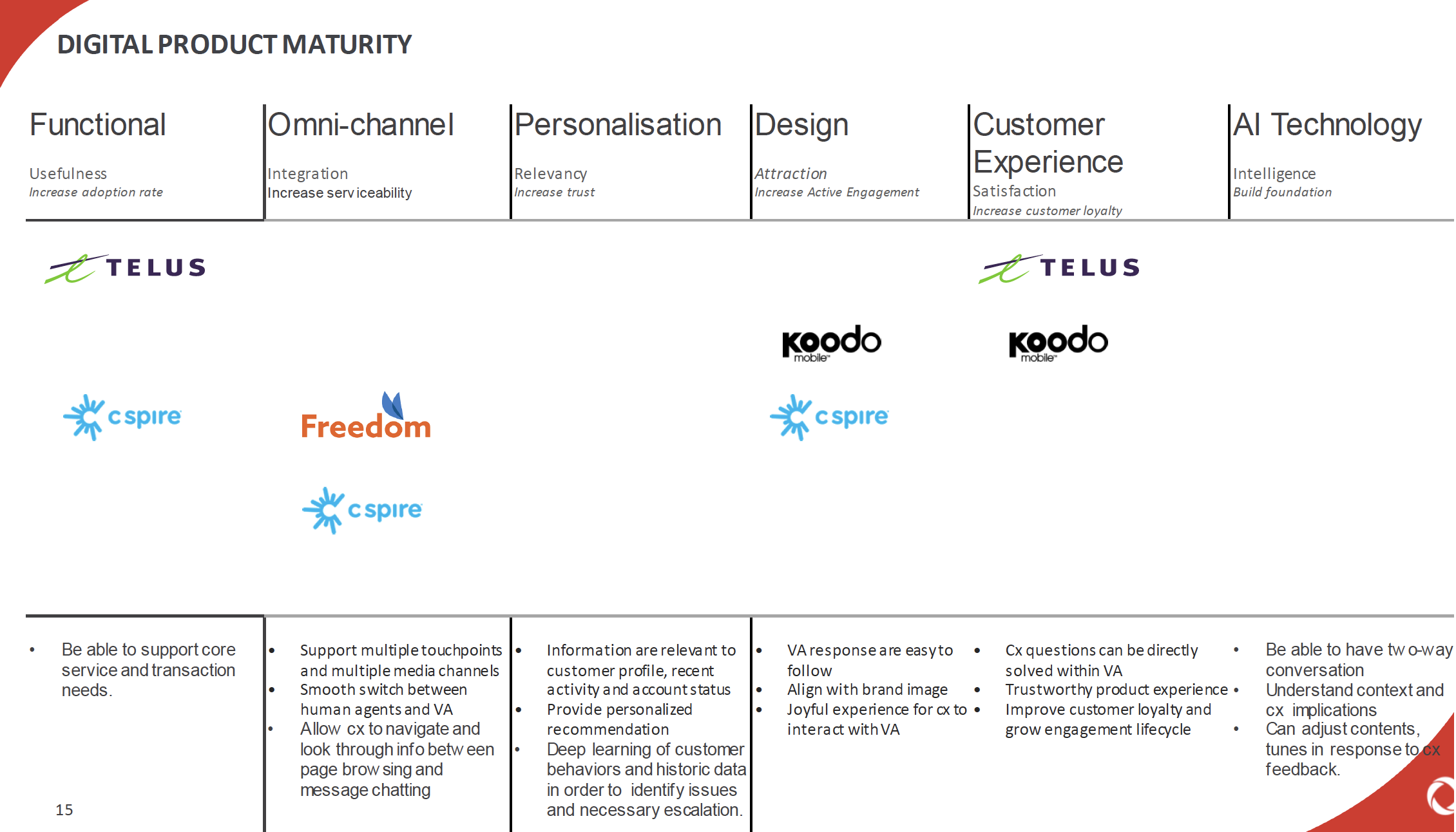
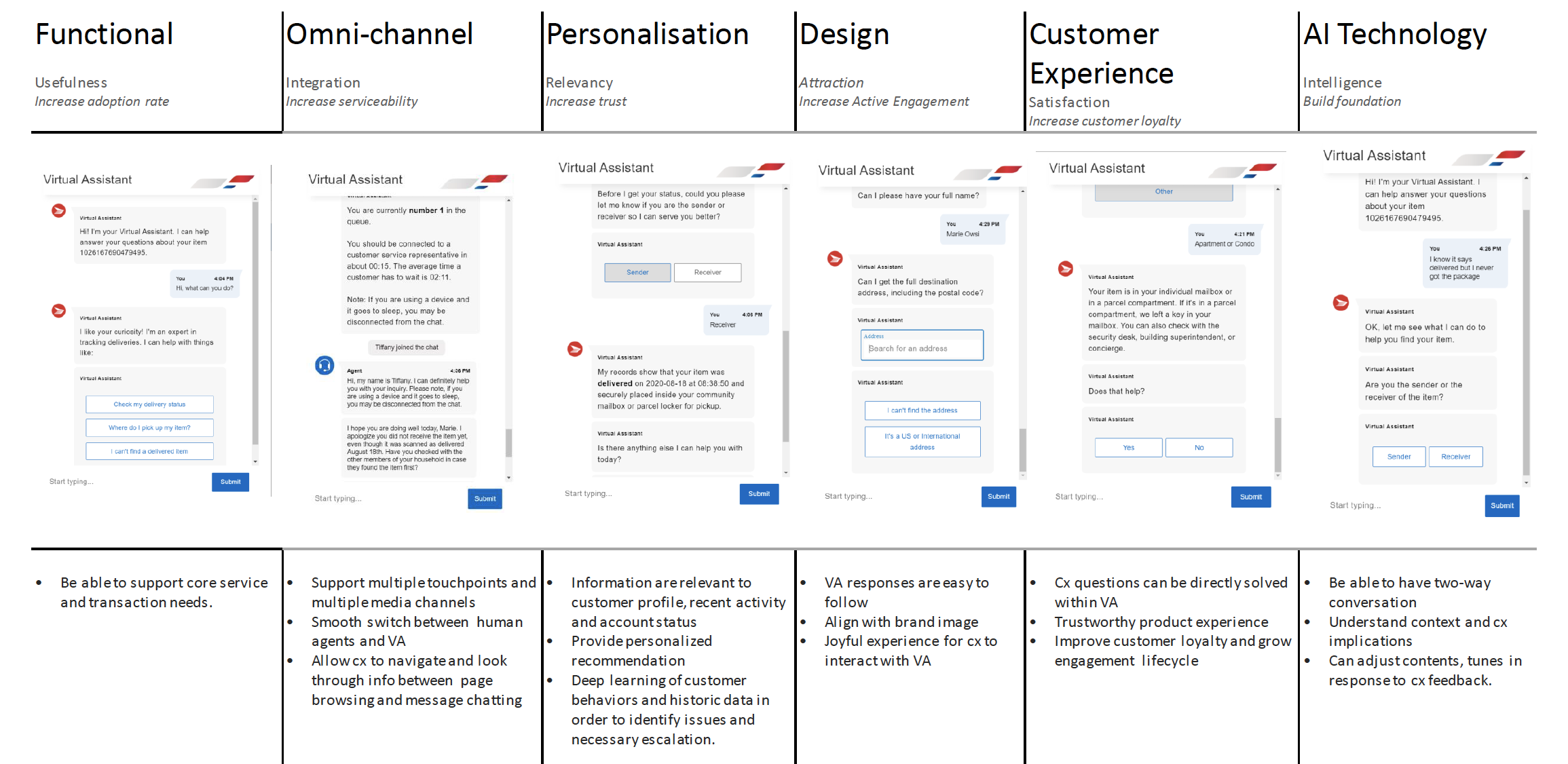
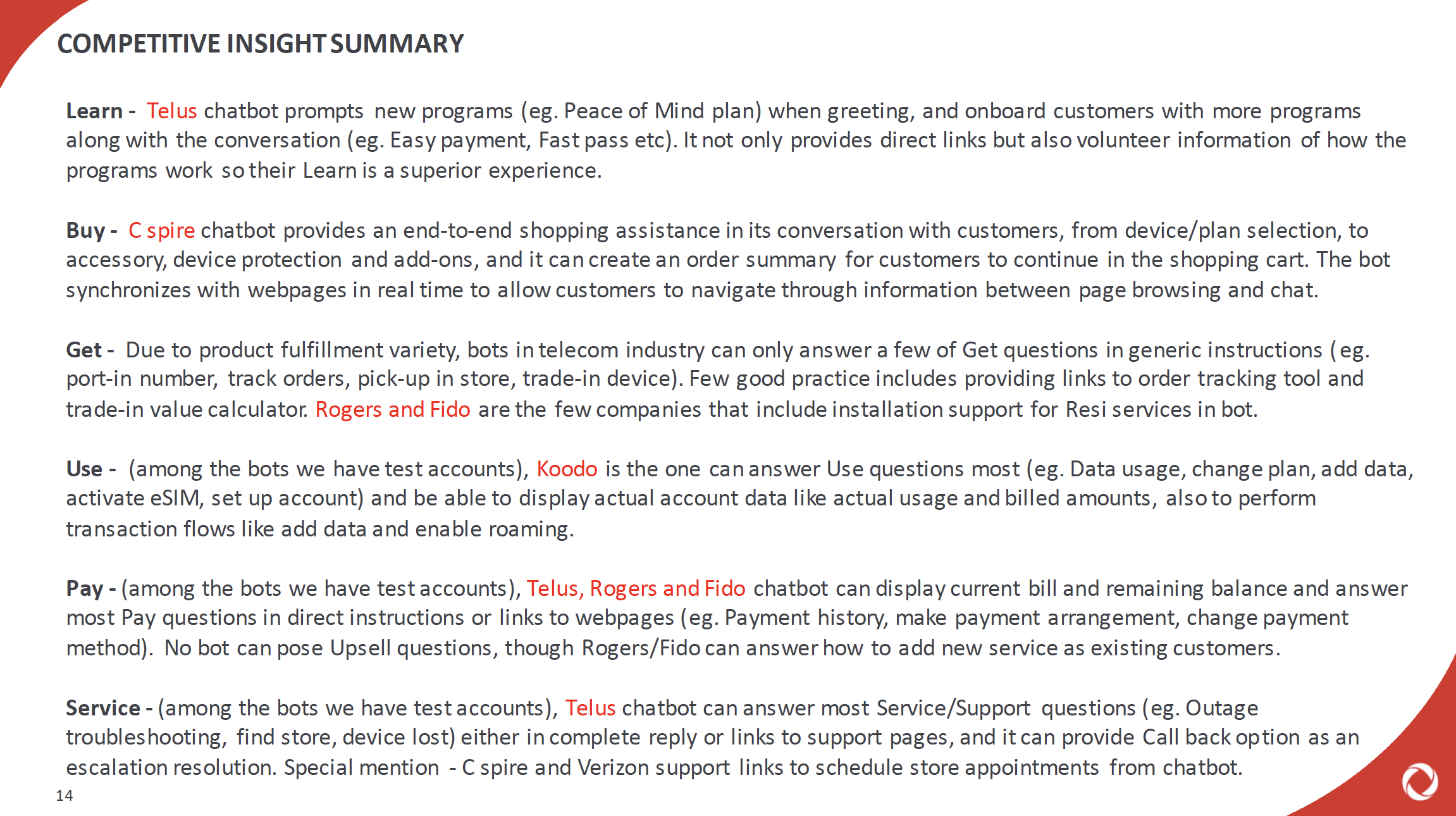
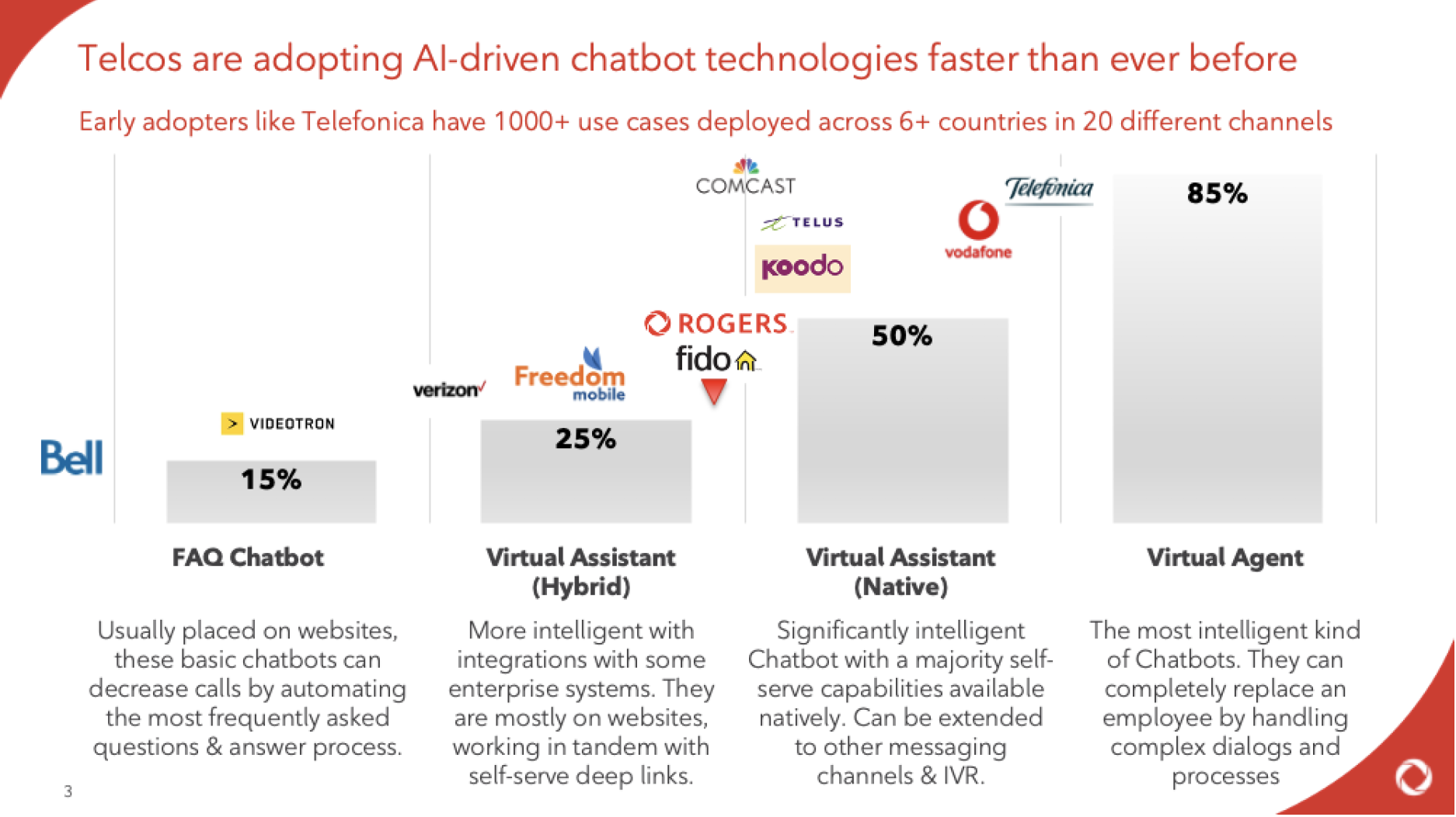
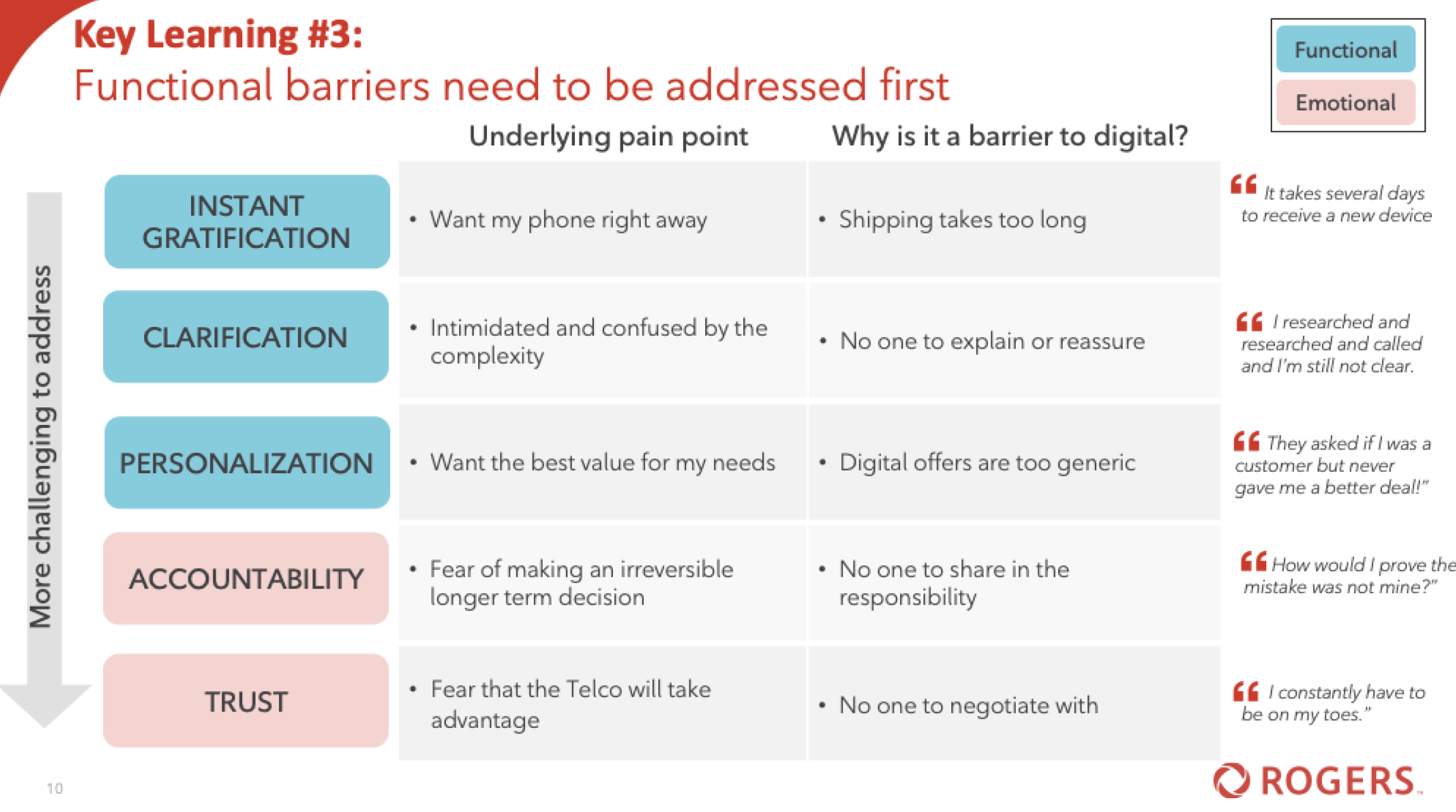
Redesign Process & Planning







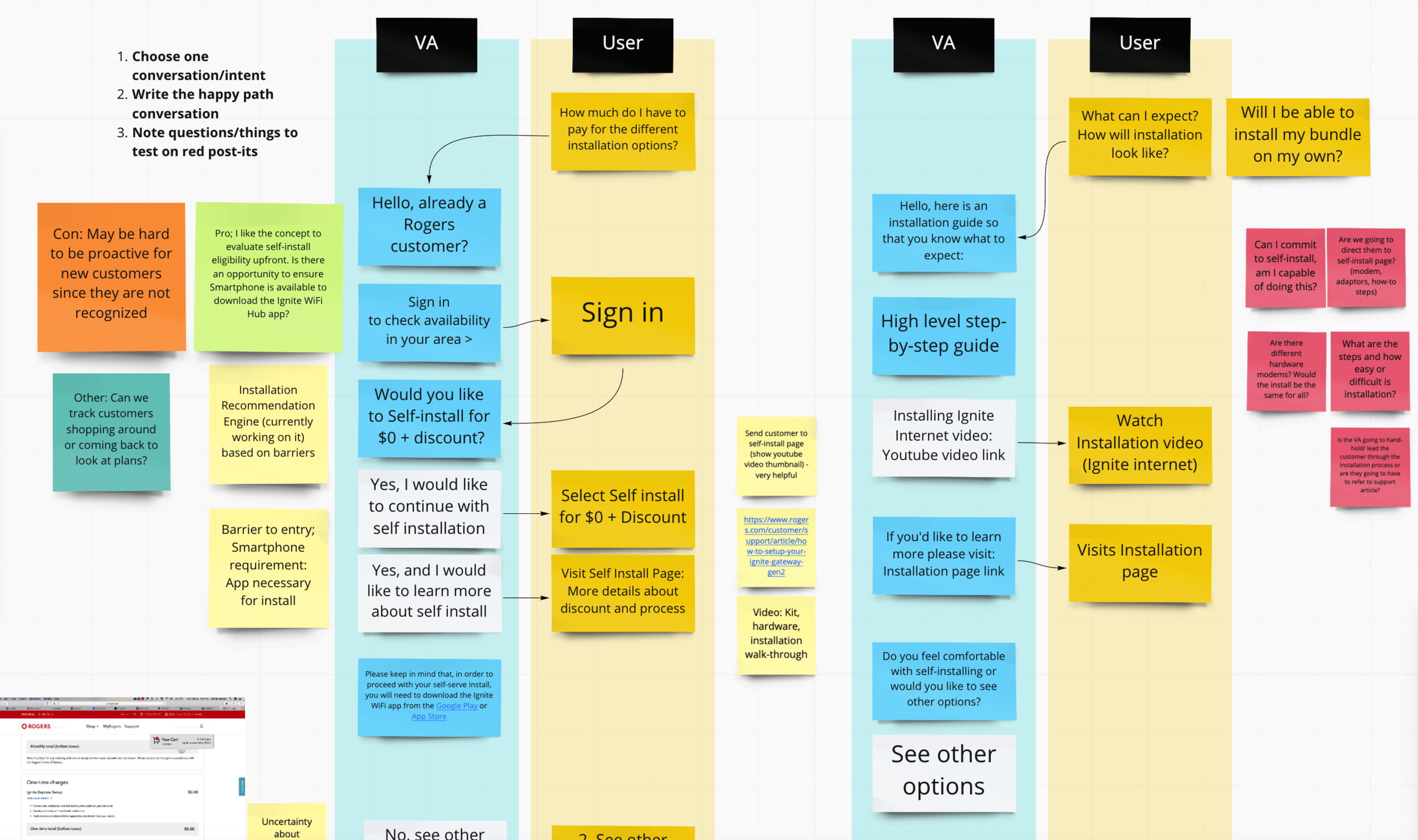
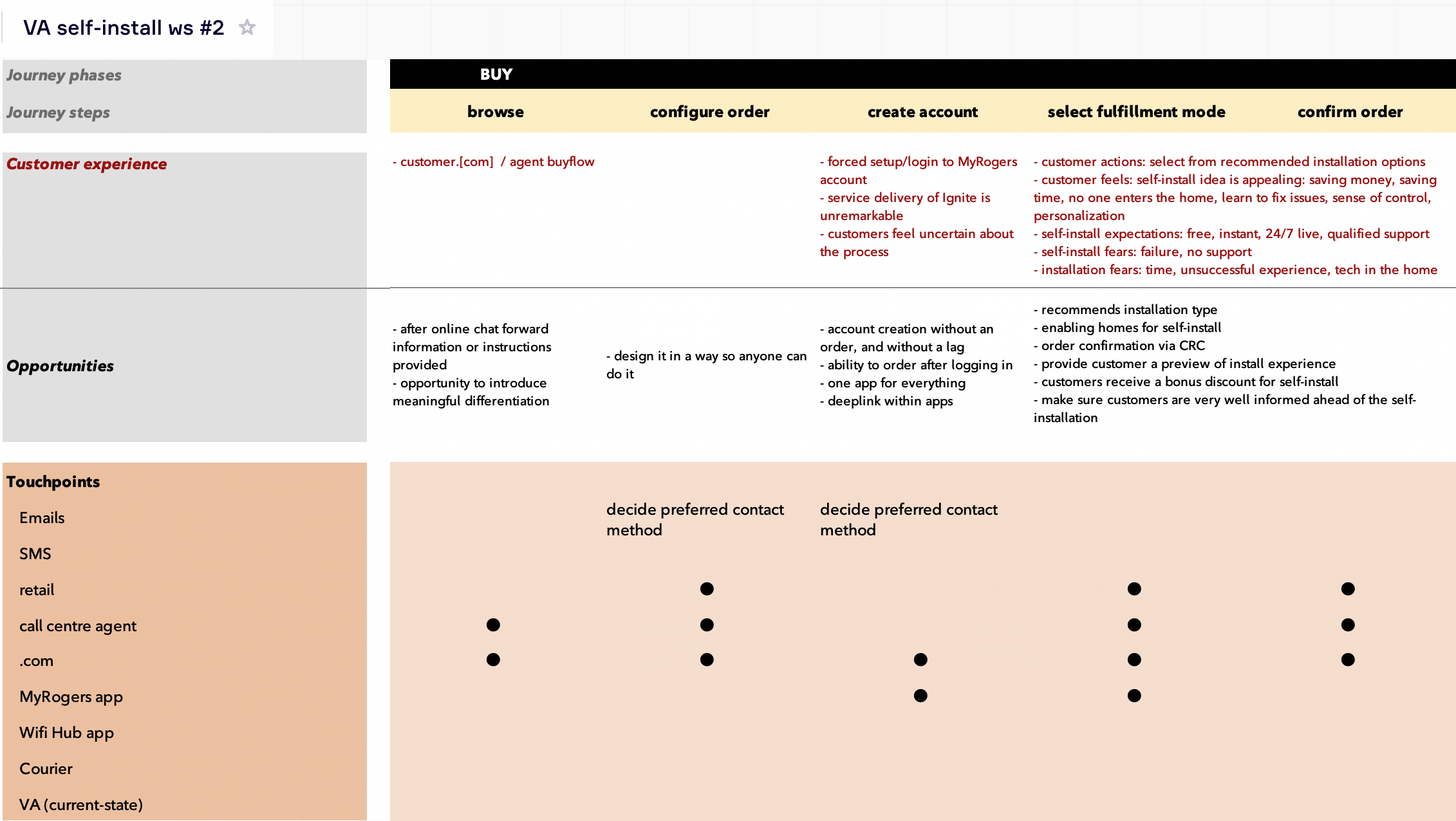
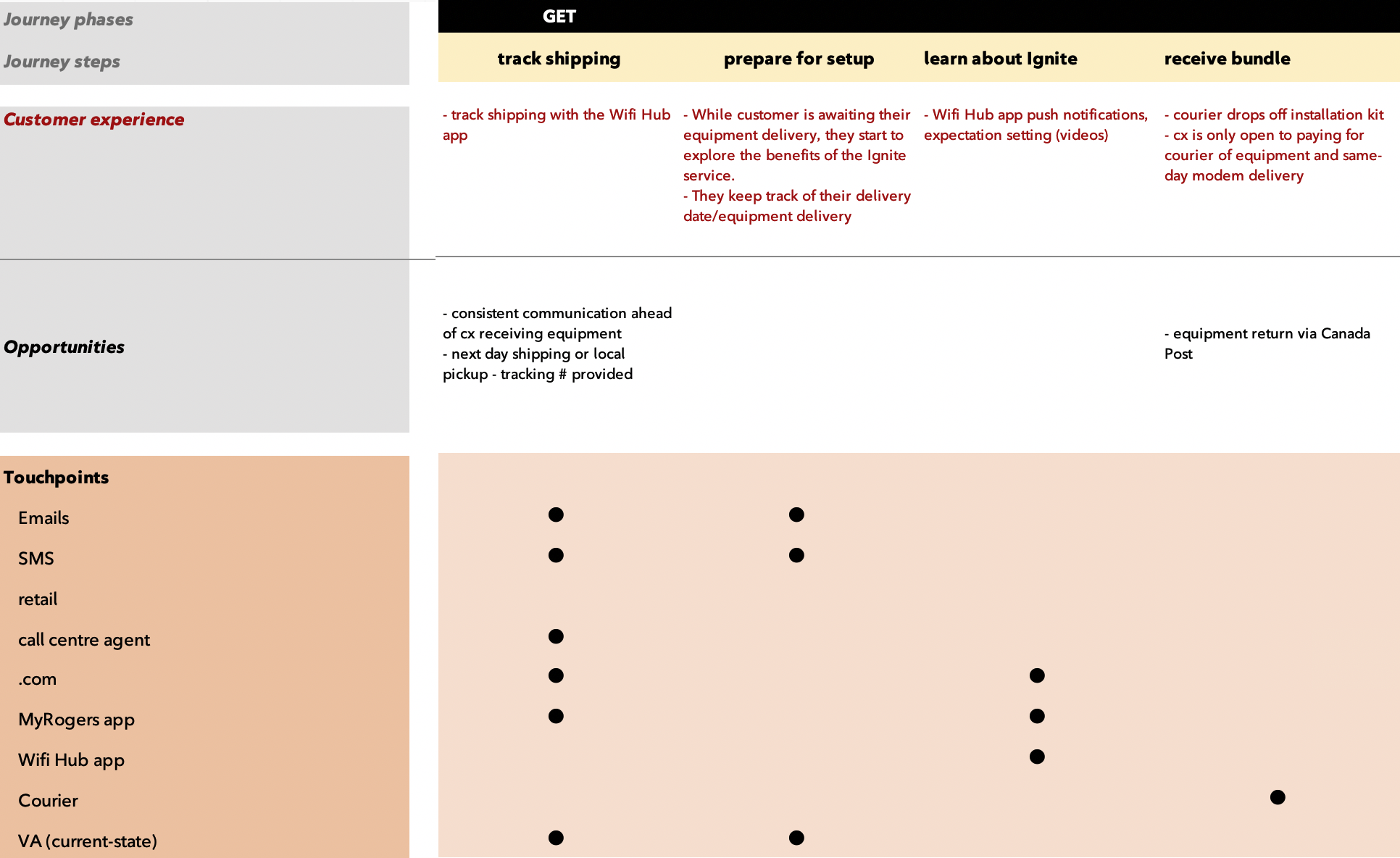
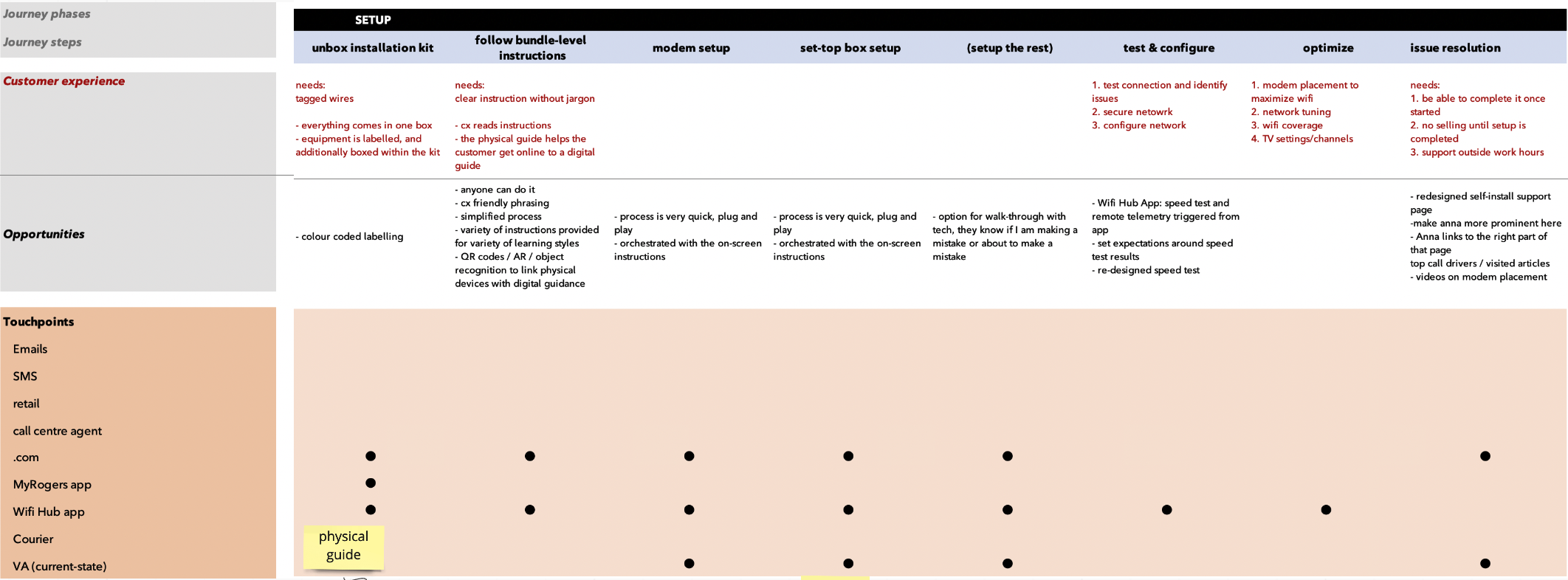
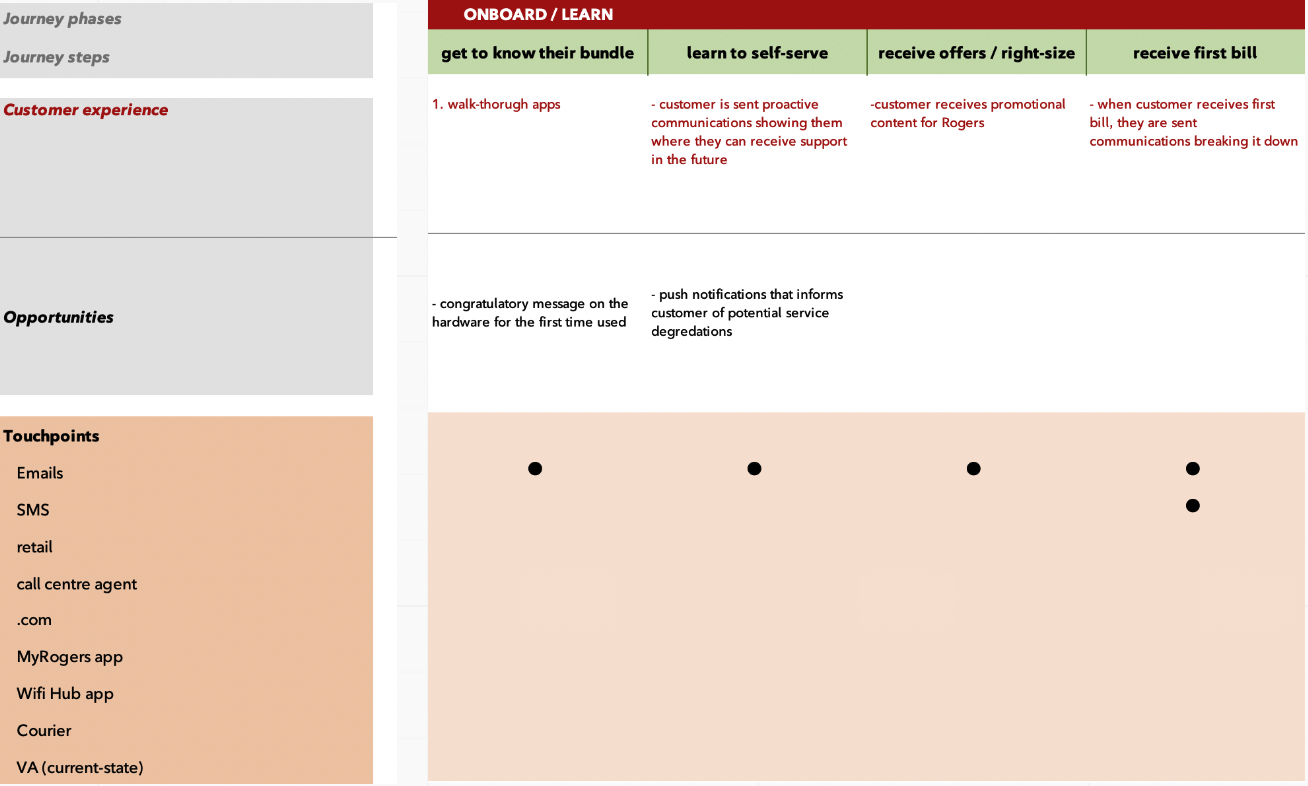
Redesign 2022 | Version 4.0
Virtual Assistant & Support: Page Integration (Speed Test Pilot Project)

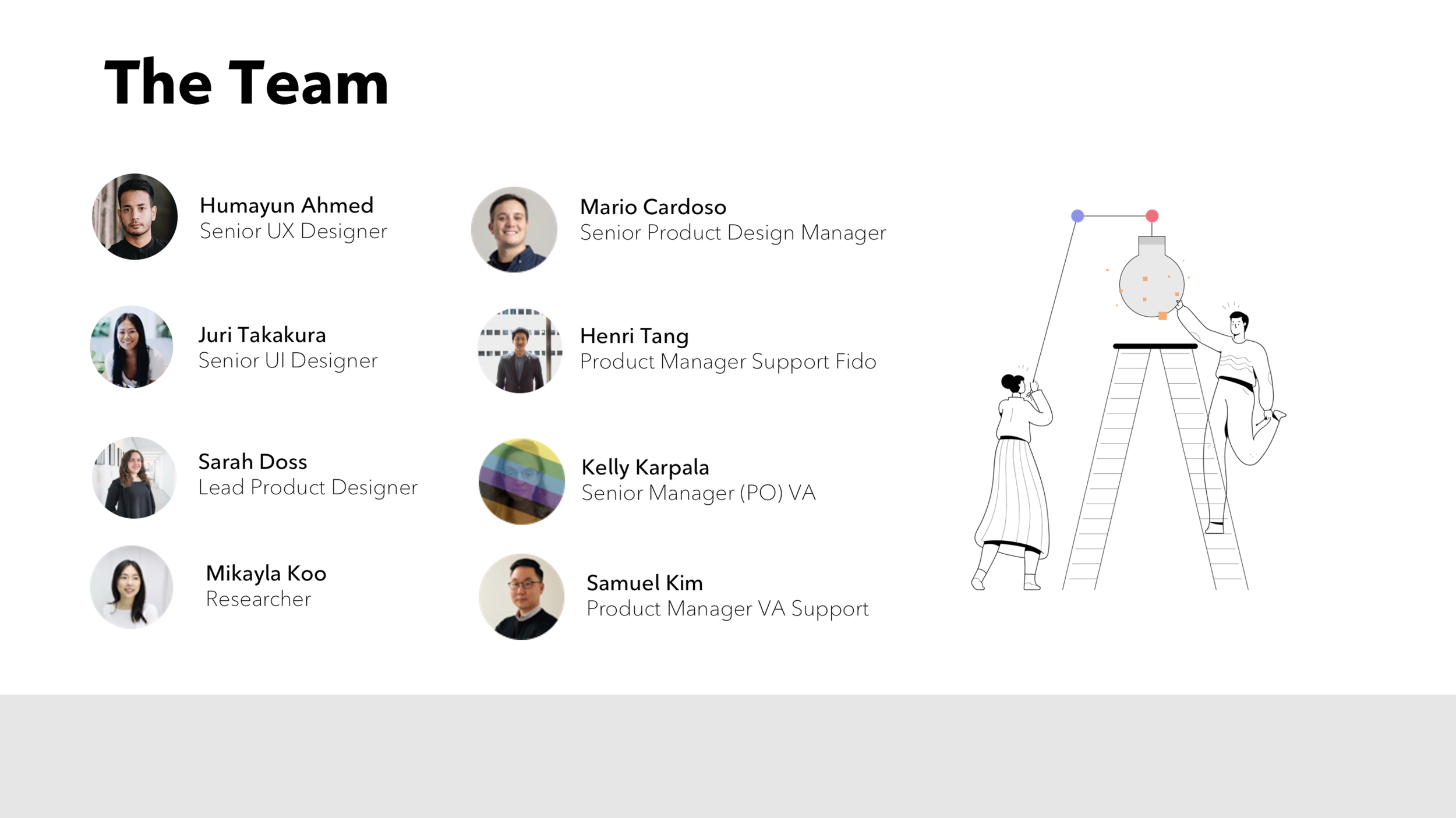

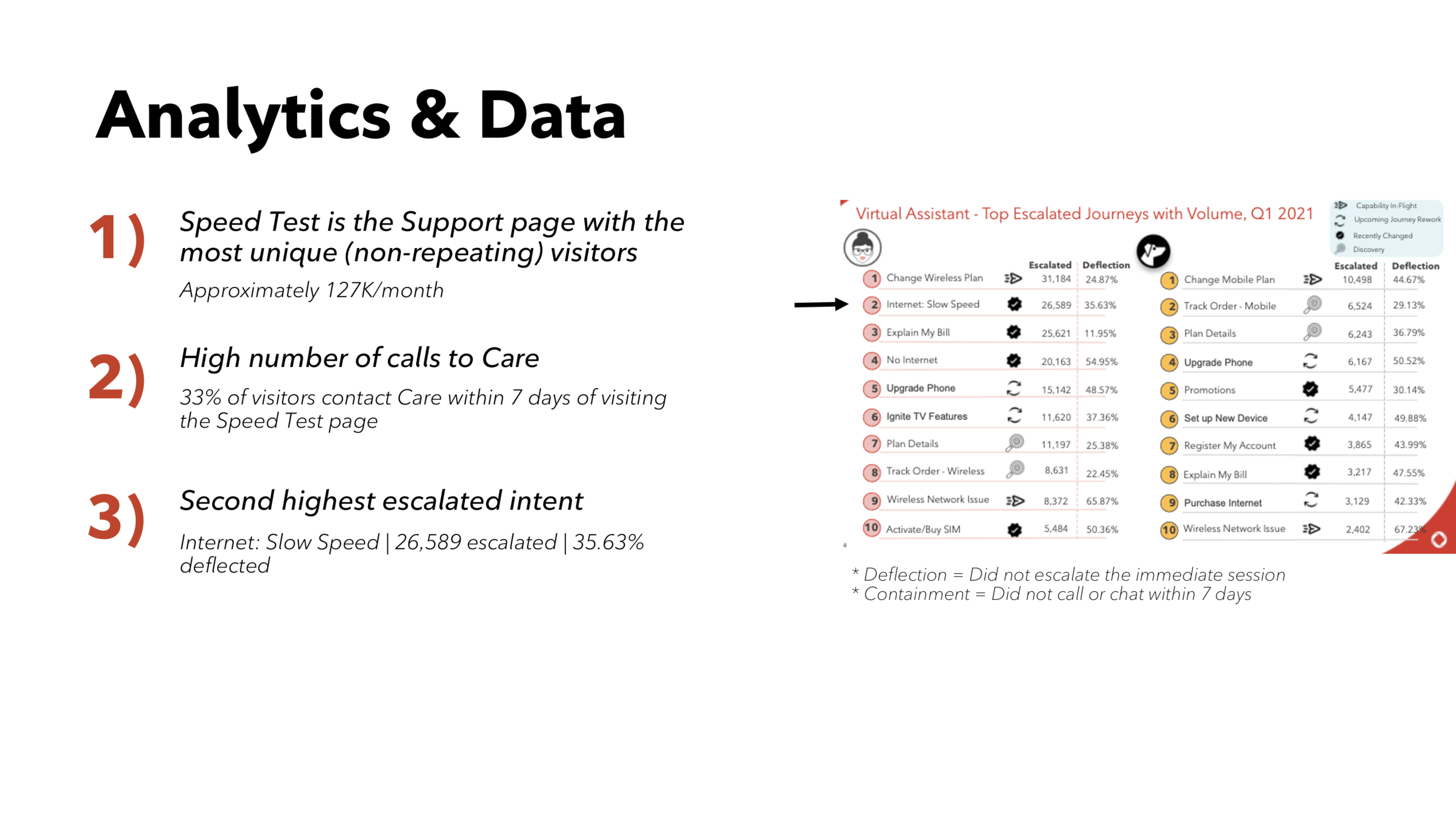

















Virtual Assistant & Support: Page Integration (Speed Test Pilot Project) Research Results
















Conversational Design
1. Engage: Be responsive and poignant. Reply if not interrupting.
2. Recall: Be aware of context. Listen, don’t ask things you already know.
3. Anticipate: Be predictive when possible.
4. Adapt: Conversation is organic, it flows, it has a rhythm. It’s not mechanistic or rule based.
5. Reflect: Repeat important pieces of information to confirm user needs.
6. Pull: Use cues, directions, or instruction to steer the flow of the conversation.
7. Flow: If your service operates asynchronously, send users a simple message if no-one is online. If your service is synchronous (powered by a bot / machine) don’t bombard them when they send their first message.
Source: 7 Principles of Conversational Design

